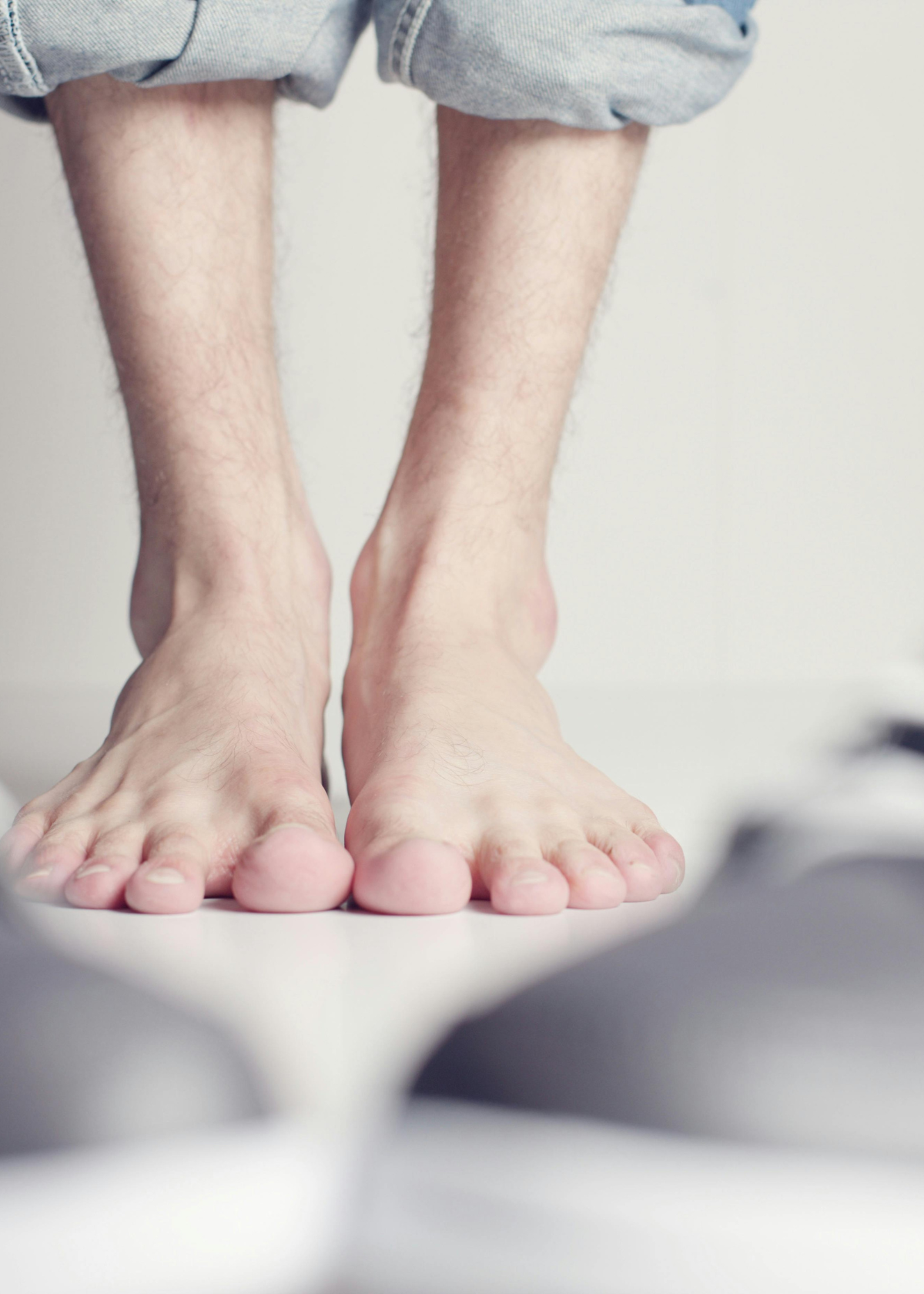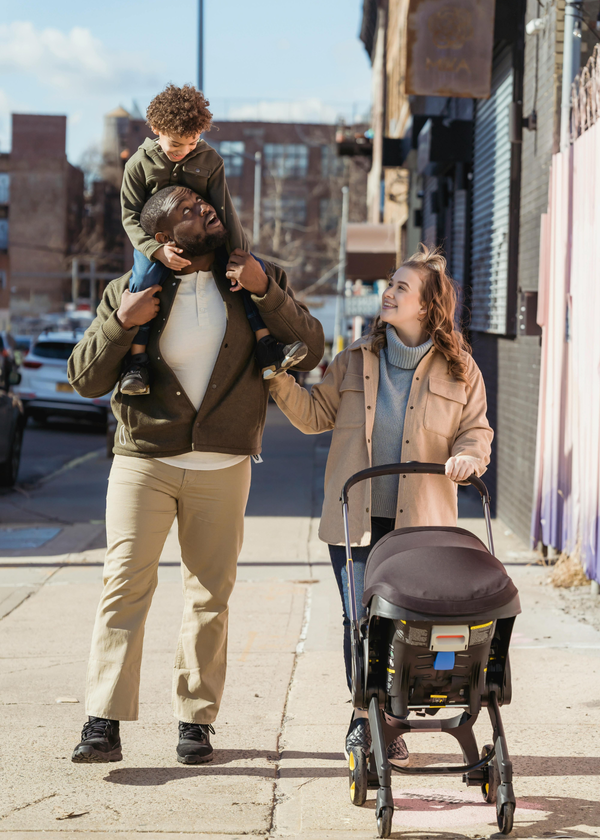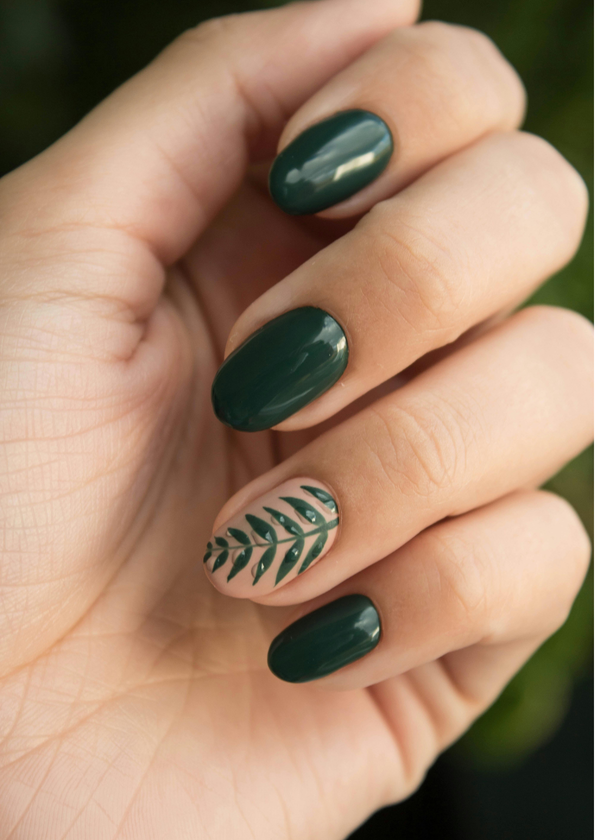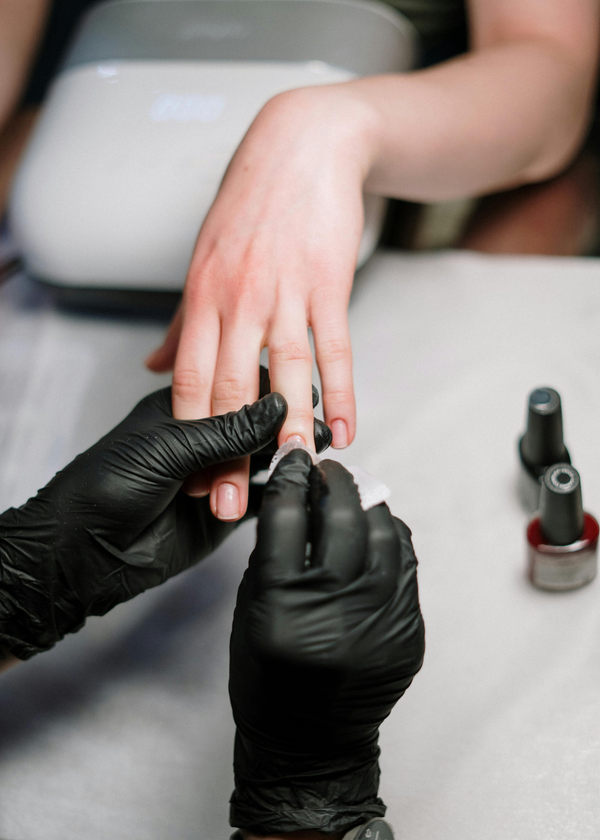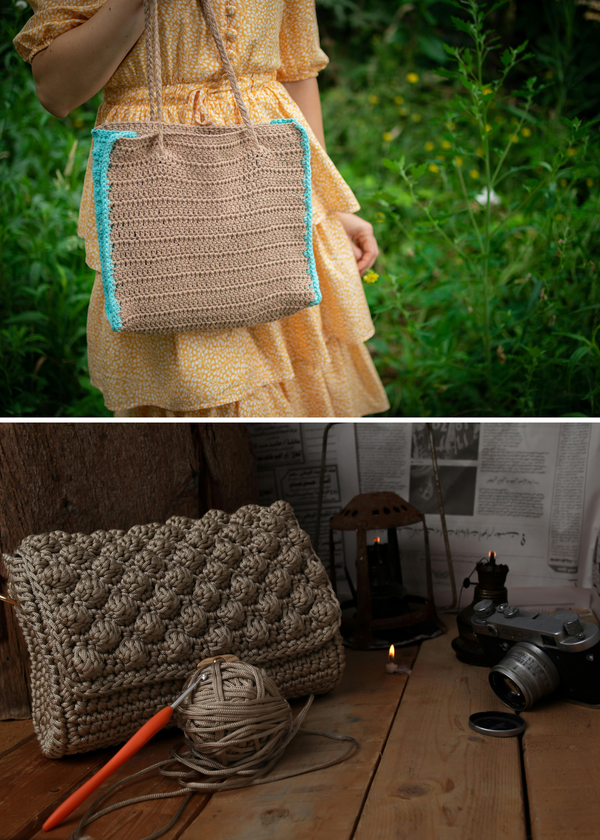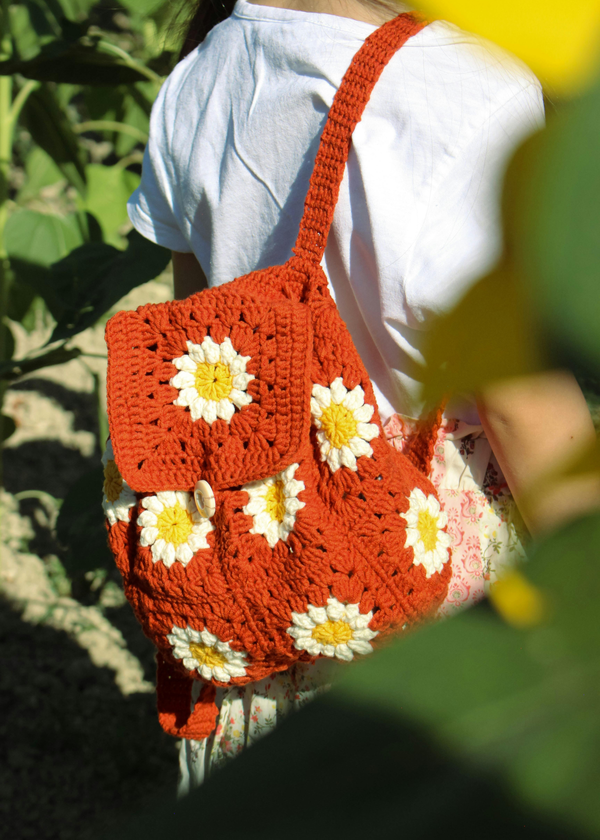Introduction
Barefoot shoes have been making waves in the footwear industry, promising a return to natural movement and improved foot health. But do barefoot shoes actually help? This article dives deep into the benefits, challenges, and considerations of wearing barefoot shoes, providing you with a comprehensive guide to understanding their impact on your feet and overall well-being.
The Concept of Barefoot Shoes
Barefoot shoes, also known as minimalist shoes, are designed to mimic the feeling of walking barefoot while providing minimal protection from the ground. These shoes typically feature a thin, flexible sole, a wide toe box, and zero drop heel, allowing for a more natural gait and foot movement.
The idea behind barefoot shoes is to encourage the natural function of the foot, which is often restricted by conventional shoes with thick soles and stiff structures. By allowing the foot to move freely, barefoot shoes aim to strengthen foot muscles, improve balance, and enhance overall foot health.
Benefits of Barefoot Shoes
Improved Foot Strength and Function
One of the primary benefits of barefoot shoes is the improvement in foot strength and function. Traditional shoes with thick soles and arch support can weaken foot muscles over time, leading to various foot issues. Barefoot shoes, on the other hand, allow the foot to move naturally, engaging muscles that are often neglected in conventional footwear.
For example, walking barefoot or wearing barefoot shoes can help strengthen the intrinsic muscles of the foot, which play a crucial role in maintaining balance and stability. This can lead to better foot function and reduced risk of injuries.
Enhanced Posture and Alignment
Wearing barefoot shoes can also improve posture and alignment. Conventional shoes with elevated heels can alter the natural alignment of the body, leading to issues such as lower back pain and knee pain. Barefoot shoes, with their zero drop heel, promote a more natural posture by aligning the spine and distributing body weight evenly.
This can be particularly beneficial for individuals with flat feet or those who experience knee pain. By encouraging a more natural gait, barefoot shoes can help alleviate pressure on the joints and improve overall body mechanics.
Transitioning to Barefoot Shoes
Gradual Transition is Key
Transitioning to barefoot shoes requires a gradual approach to avoid injuries and allow the feet to adapt to the new footwear style. It's important to start slowly and gradually increase the time spent wearing barefoot shoes. This allows the foot muscles to strengthen and adapt to the new demands placed on them.
For instance, you might start by wearing barefoot shoes for short walks or during specific activities, gradually increasing the duration as your feet become more accustomed to the new footwear. This gradual transition can help prevent issues such as metatarsal stress fractures and developing plantar fasciitis.
Incorporating Foot Exercises
Incorporating foot exercises into your routine can also aid in the transition to barefoot shoes. Exercises that target the intrinsic muscles of the foot, such as toe curls and arch lifts, can help strengthen the feet and improve overall foot function. These exercises can be particularly beneficial for individuals with flat arches or those who have been wearing conventional shoes for a long time.
By combining a gradual transition with targeted foot exercises, you can ensure a smoother adaptation to barefoot shoes and reduce the risk of injuries.
Barefoot Running: A Natural Approach
Benefits of Barefoot Running
Barefoot running has gained popularity among recreational runners for its potential benefits. Running barefoot or in minimalist running shoes can promote a more natural running technique, encouraging a forefoot or midfoot strike rather than a heel strike. This can reduce the impact on the knee joints and lower the risk of injuries.
Additionally, barefoot running can improve foot strength and proprioception, leading to better balance and coordination. Many runners find that transitioning to barefoot running helps them develop a more efficient running form and reduces the risk of common running injuries.
Challenges of Barefoot Running
However, barefoot running is not without its challenges. The transition from traditional running shoes to barefoot running requires a gradual approach to avoid injuries. Runners need to allow their feet and lower legs to adapt to the new demands placed on them, which can take time and patience.
It's also important to choose the right surfaces for barefoot running. Running on hard or uneven surfaces can increase the risk of injuries, so it's advisable to start on softer surfaces such as grass or trails. By taking a cautious and gradual approach, runners can enjoy the benefits of barefoot running while minimizing the risk of injuries.
Barefoot Shoes for Everyday Wear
## The Evolution of Minimalist Footwear
Minimalist shoes have come a long way since their inception. Initially, they were seen as a niche product for hardcore runners and fitness enthusiasts. However, as more people began to understand the benefits of barefoot shoes, the market expanded. Today, minimalist shoes are available in various styles, from casual wear to formal options. This evolution reflects a growing awareness of the importance of foot health and the desire for footwear that mimics the natural movement of bare feet.
The shift from thick sole to thin sole shoes has been significant. Traditional shoes with thick soles and high heels often restrict natural foot movement and can lead to various issues, including metatarsal stress fractures. In contrast, minimalist shoes with thin soles allow for a more natural gait, promoting better posture and alignment. This change has been particularly beneficial for those who spend long hours on their feet, as it reduces the strain on the lower back and legs. The minimalist shoe movement is not just a trend; it's a revolution in how we think about footwear.
## Barefoot Shoes in Different Climates
Wearing shoes that mimic bare feet can be a challenge in different climates. In colder regions, the idea of wearing less supportive shoes might seem impractical. However, many brands have developed barefoot shoes good for winter, incorporating materials that provide insulation while maintaining the benefits of a thin sole. These shoes allow for natural foot movement without compromising on warmth, making them a viable option for year-round wear.
On the flip side, in hot and humid climates, barefoot shoes can be a game-changer. Traditional shoes with thick soles can trap heat and moisture, leading to discomfort and even foot problems. Minimalist shoes, with their breathable materials and thin soles, offer better ventilation and reduce the risk of fungal infections. Whether you're navigating snowy streets or sandy beaches, there's a minimalist shoe designed to meet your needs, proving that the benefits of barefoot shoes extend beyond just foot health.
This expanded content provides additional insights into the evolution of minimalist footwear and the adaptability of barefoot shoes in different climates, enhancing the reader's understanding and engagement with the topic.
Barefoot Shoes for Everyday Wear
Addressing Common Concerns
Case Studies and Real-Life Examples
The Science Behind Barefoot Shoes
Understanding Foot Mechanics
When you start wearing barefoot shoes, you’re essentially giving your feet a chance to work as nature intended. Unlike regular shoes with stiff soles, barefoot shoes have thin soles that allow your feet to feel the ground. This sensory feedback helps improve balance and coordination. For instance, wearing minimalist footwear can strengthen the muscles in your feet, leading to stronger feet over time. This is particularly beneficial for those who have spent years in stiff shoes, as it can help correct posture and alleviate chronic pain.
Moreover, the wider toe box in most barefoot shoes allows your toes to spread naturally. This can prevent issues like bunions and hammertoes, which are often caused by the cramped conditions of normal shoes. By letting your big toe and other toes move freely, you reduce the risk of metatarsal stress fractures and other foot injuries. So, if you’re looking to buy barefoot shoes, you’re investing in a healthier future for your feet.
The Role of Barefoot Shoes in Physical Therapy
Rehabilitation and Recovery
Barefoot shoes are increasingly being recommended in physical therapy settings. When patients wear barefoot shoes, they engage muscles that are often neglected in regular shoes. This can be particularly beneficial for those recovering from injuries like Achilles tendon strains or metatarsal stress fractures. The flat sole of minimalist shoes encourages a more natural gait, which can expedite the recovery process. For example, patients who run barefoot or engage in barefoot walking often report quicker rehabilitation times compared to those who wear more supportive shoes.
Additionally, the transition to wearing minimalist footwear can be a game-changer for those dealing with chronic conditions. Physical therapists often suggest starting with short periods of barefoot walking to gradually build up foot strength. This approach makes it virtually impossible to overstrain the feet, reducing the likelihood of re-injury. So, if you’re in the market for new shoes to aid in your recovery, consider the benefits of barefoot shoes. They offer a unique blend of support and freedom that can make a significant difference in your rehabilitation journey.
Comfort and Versatility
Barefoot shoes are not just for running; they can also be worn for everyday activities. Many people find barefoot shoes to be comfortable and versatile, making them suitable for various activities such as walking, hiking, and even casual wear. The wide toe box and flexible sole allow for natural foot movement, providing comfort throughout the day.
For example, wearing barefoot shoes for everyday activities can help improve foot strength and function, reduce the risk of foot issues, and promote better posture. Whether you're walking to work, running errands, or enjoying a leisurely stroll, barefoot shoes can provide the comfort and support you need.
Choosing the Right Pair
When choosing barefoot shoes for everyday wear, it's important to consider factors such as fit, comfort, and durability. Look for shoes with a wide toe box, flexible sole, and zero drop heel to ensure a natural fit and movement. It's also important to choose shoes that are made from high-quality materials and provide adequate protection for your feet.
Visiting a shoe store that specializes in barefoot shoes can help you find the perfect pair. The staff can provide guidance on fit and style, ensuring that you choose shoes that meet your needs and preferences.
Addressing Common Concerns
Foot Support and Arch Support
One common concern about barefoot shoes is the lack of foot support and arch support. Traditional shoes often feature built-in arch support to provide stability and comfort. However, barefoot shoes take a different approach by allowing the foot to move naturally and engage its own support mechanisms.
While this may seem counterintuitive, many people find that their feet become stronger and more resilient over time. By allowing the foot to function naturally, barefoot shoes can help improve foot strength and reduce the need for external support.
Risk of Injuries
Another concern is the risk of injuries when transitioning to barefoot shoes. It's important to remember that the transition should be gradual and accompanied by foot exercises to strengthen the muscles. Rushing the process can lead to injuries such as metatarsal stress fractures and plantar fasciitis.
By taking a cautious approach and listening to your body, you can minimize the risk of injuries and enjoy the benefits of barefoot shoes. Consulting with a personal trainer or physical therapist can also provide guidance and support during the transition.
Case Studies and Real-Life Examples
Success Stories
Many individuals have experienced positive outcomes from wearing barefoot shoes. For example, John, a recreational runner, struggled with knee pain for years. After transitioning to barefoot running, he noticed a significant reduction in pain and an improvement in his running form. By allowing his feet to move naturally, John was able to develop a more efficient running technique and reduce the impact on his knee joints.
Similarly, Sarah, who suffered from flat feet, found relief by wearing barefoot shoes for everyday activities. The wide toe box and flexible sole allowed her feet to move naturally, improving foot strength and reducing discomfort. Sarah's experience highlights the potential benefits of barefoot shoes for individuals with flat arches.
Expert Opinions
Experts in the field of podiatry and sports medicine also support the benefits of barefoot shoes. Dr. Emily Splichal, a podiatrist and human movement specialist, emphasizes the importance of natural foot function and the role of barefoot shoes in promoting foot health. According to Dr. Splichal, barefoot shoes can help improve foot strength, balance, and overall function, leading to better foot health and reduced risk of injuries.
These success stories and expert opinions provide valuable insights into the potential benefits of barefoot shoes and highlight the importance of a gradual transition and proper foot care.
Conclusion
Barefoot shoes offer a unique approach to footwear, promoting natural foot movement and improved foot health. While the transition to barefoot shoes requires a gradual approach and proper foot care, the potential benefits are significant. From improved foot strength and function to better posture and reduced risk of injuries, barefoot shoes can provide a range of health benefits.
Whether you're a runner looking to improve your running technique or someone seeking more comfortable and versatile everyday footwear, barefoot shoes can be a valuable addition to your wardrobe. By understanding the benefits and challenges of barefoot shoes and taking a cautious approach to the transition, you can enjoy the advantages of natural foot movement and improved foot health.
FAQs
1. Are barefoot shoes suitable for everyone?
Barefoot shoes can be beneficial for many people, but they may not be suitable for everyone. Individuals with certain foot conditions or severe foot deformities should consult with a healthcare professional before transitioning to barefoot shoes. It's important to consider individual needs and preferences when choosing footwear.
2. How long does it take to transition to barefoot shoes?
The transition to barefoot shoes varies from person to person. It can take several weeks to several months for the feet to adapt to the new footwear style. A gradual approach, starting with short periods of wear and gradually increasing the duration, is recommended to avoid injuries.
3. Can barefoot shoes help with knee pain?
Barefoot shoes can help reduce knee pain by promoting a more natural gait and reducing the impact on the knee joints. By allowing the foot to move naturally and encouraging a forefoot or midfoot strike, barefoot shoes can help alleviate pressure on the knees and improve overall body mechanics. However, it's important to transition gradually and consult with a healthcare professional if you have existing knee issues.
Summary
Barefoot shoes, also known as minimalist shoes, are designed to mimic the feeling of walking barefoot while providing minimal protection from the ground. These shoes offer various health benefits, including improved foot strength and function, enhanced posture and alignment, and a more natural gait.
Transitioning to barefoot shoes requires a gradual approach and incorporating foot exercises to avoid injuries. Barefoot running can promote a more natural running technique and reduce the risk of injuries. Barefoot shoes are also suitable for everyday wear, providing comfort and versatility.
Addressing common concerns such as foot support and the risk of injuries is important for a successful transition. Real-life examples and expert opinions highlight the potential benefits of barefoot shoes and the importance of proper foot care.


